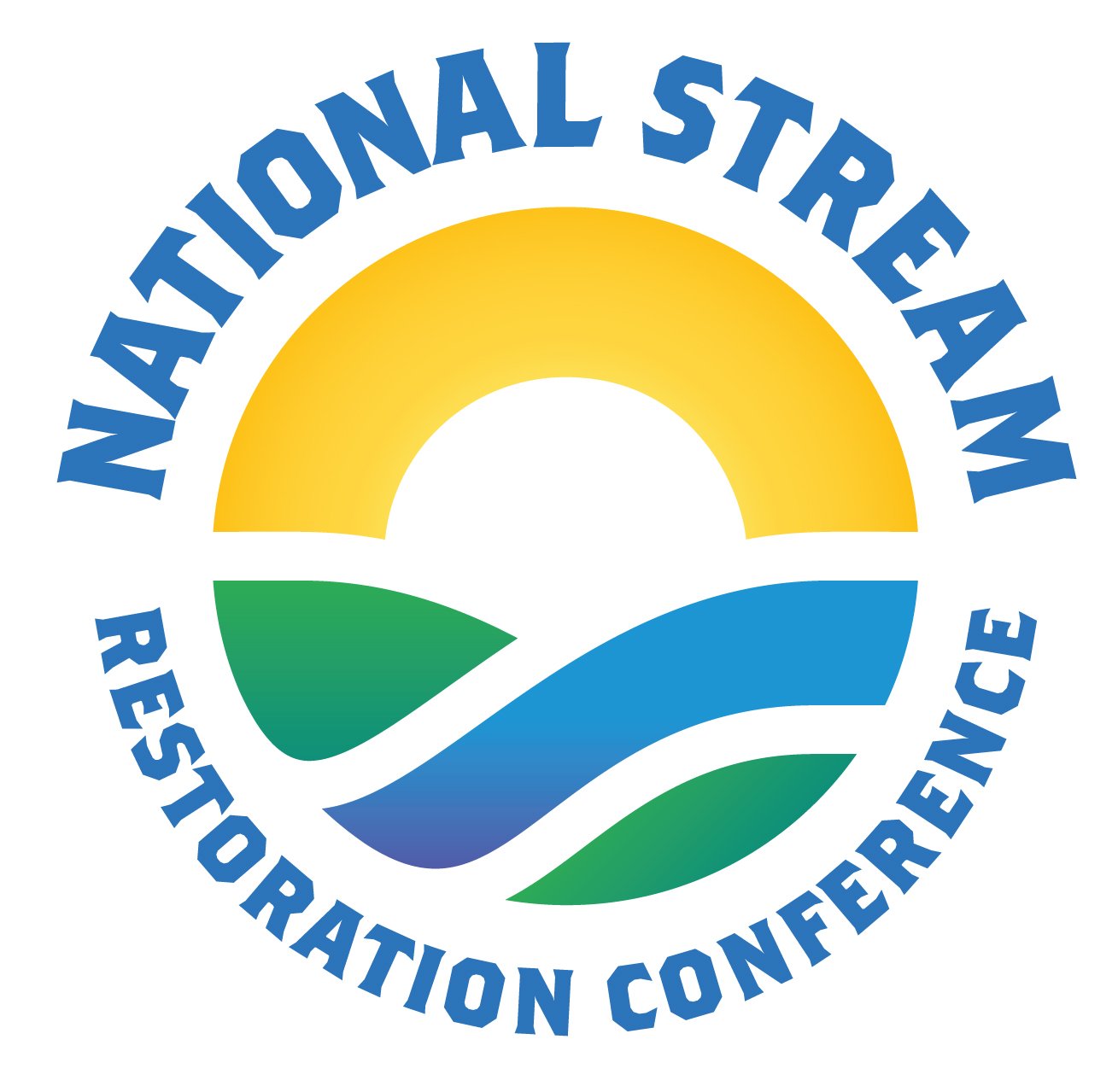Natural Material Bank Stabilization along the Yellow River East of Metts Bluff at Eglin AFB, FL using a Ballasted Toewood Revetment
William N. Pizzolato
Eglin Air Force Base Natural Resources
Niceville, FL
John A. Fotheringham
Texas A&M Natural Resources Institute
College Station, TX
Authors: Pizzolato, William, Fotheringham, John
This site was selected for its extreme bank erosion (top of bank receded horizontally by 1.7-3.5 ft/yr) and bank slumping up to 12 feet in height along the Yellow River in the western Florida panhandle. The project included stabilizing the riverbank and reducing excessive sedimentation upon designated critical mussel habitat of federally listed, threatened narrow pigtoe (Fusconaia escambia) and endangered southern sandshell (Hamiota australis). An objective of this nature-based construction was to use onsite natural materials so that the riverbank would return to a vegetated state with good habitat and match reference conditions along Eglin AFB’s northern reservation boundary. Eglin AFB Natural Resources partnered with the Florida Fish & Wildlife Commission-Aquatic Habitat Restoration Enhancement Section and collaborated with Stantec® (Ashville, NC) on a naturalistic bank stabilization approach. Our collaboration engineered a ballasted toewood revetment to stabilize the riverbank and create a base for overlying soil and plantings. Toewood revetment mimics natural recovery processes in riverine systems and provides functional resting and feeding aquatic habitats, while the rock ballast ensures stability against shear stress during bankfull events.
A-C-T Environmental & Infrastructure (Bartow, FL) was the successful bidder on the FWC-funded project. Stantec worked with A-C-T to implement final design for the toewood/ballast revetment as part of the FWC construction contract. Along a downstream meander bend, a flood “bench” was excavated along the toe of slope displacing 15,500 cubic yards along 1,225 feet of channel bank. Utilizing offsite limerock riprap and onsite large diameter longleaf & slash pine, a natural toe-of-slope treatment known as a ballasted toewood revetment was constructed. Harvested logs, limbs, and 15 to 20-foot length rootwads were installed in a crisscrossed pattern, anchored with class 1 rip rap ballast, backfilled and compacted with slash debris and onsite earthfill. The newly constructed bench was overlain with onsite topsoil-filled coir mats (soil lifts) and planted with containerized native Florida river cane (Arundinaria gigantea), live willow stakes, and other native trees and plants. Florida is demonstrating that this engineered, nature-based approach is an efficient, effective, ecologically sound, and aesthetically pleasing alternative to the hard armoring and common rip-rap practice.
See https://www.chronolog.io/site/ENR101 for chronological photo tour.
About William N. Pizzolato
Coming Soon
About John A. Fotheringham
John “Alex” Fotheringham joined Texas A&M Natural Resources Institute in 2024 as a forestry research associate monitoring wetlands and erosion on Eglin Air Force Base. Alex collaborates with multiple parties in the 96th Civil Engineering Group on Eglin, Army Corps of Engineers, and private consulting and contracting groups around Northwest Florida. Alex monitors and explores different areas of the Eglin range for signs of habitat damage or threats to wetland species caused by human infrastructure development. He graduated from the University of Florida’s school of Forests, Fisheries, and Geomatic Sciences in 2023 with a Bachelor of Science in Forest Resource Conservation after 3 years of schooling and participation in multiple research studies and projects with the University.
Attached is my photo that TAMU uses for their website, and if there is anything else that I can provide to help this process, or I’m just too eager and “jumping the gun” feel free to reach out to me at this email or my phone number below. I am very excited to be attending the conference next month for the very first time, and I am very thankful to have the opportunity to present!


